Zhubei Hakka Village (交通大學客家文化學院)
Hakka People in Hsinchu
As cities grow, old brick buildings and wooden homes are some of the first things to be torn down. These historical examples of traditional architecture are demolished for tall city skylines and wide highways. While more dominant cultures can endure the test of time. Minority groups, however, will find that the already small traces of their heritage are left on the brink of extinction. Luckily, there is one Zhubei Hakka village that has stood the test of time and continues to preserve Hakka culture.
Over fifteen percent of the population of Taiwan is Hakka (客家). Most of the four million Hakka people on the island are situated in Taoyuan, Miaoli, and Hsinchu. Across the Touqian River in Zhubei, travelers can still find small pockets of traditional Hakka architecture. The city of Zhubei has expanded quickly over the last several decades. Although the growing metropolis absorbed many small towns and farms, several Zhubei Hakka villages remained.
Want to find more beautiful places to take pictures in Zhubei? Head over to the Xianfuyuan Park!
College of Hakka Studies
Outside of the city, you can find many traditional examples of Hakka architecture in Xinpu and Beipu. Within Zhubei, there are two main pockets where these Hakka villages still exist. One is at the New Tile House Hakka Cultural District (新瓦屋客家文化保存區) and the other is at the College of Hakka studies. There are several more surviving Hakka homes, also known as huofang houses (伙房屋), sprinkled throughout Hsinchu. The ones at the College of Hakka Studies (交通大學客家文化學院), however, are the largest in North Taiwan!
In Hsinchu Zhubei, most of the Hakka homes are attached to the wealthy Lin family. This is the same Lin family from Banqiao’s Lin Mansion (板橋林家花園). The families settled in what is now known as Zhubei as early as 1752 to start working the land. The family continued to grow and expanded their village. Today, the Zhubei Hakka village by the College of Hakka Studies includes a total of main six homes, making it one of the largest collections of Hakka architecture in Taiwan.
If you want another perspective on local culture, be sure to visit the Hsinchu County Museum of Art!
The Lin Family Village
Today, there are six main homes remaining at the College of Hakka Studies. Known as the Liujia Historical Residences (六家古厝群), these centuries-old buildings are much quieter when compared to the neighboring New Tile House Hakka Cultural District. Expect to be one of the few people wandering the grounds and taking pictures. Primarily functioning as a place to educate students, most of the homes will be closed unless for special occasions.
The buildings at this Zhubei Hakka Village are the:
- Linjia Anscetral Shrine (林家祠)
- Dafu Di (大夫第)
- The Wen Auditorium (竹北問禮堂)
- Zhongxiao Hall (國立陽明交通大學忠孝堂)
- Xiaowen Auditorium (國立陽明交通大學小問禮堂)
- College of Hakka Studies (國立陽明交通大學客家文化學院)
Other than these buildings, there are several other Hakka homes and foundations throughout the campus. Some have gradually been rebuilt while others leave travelers guessing what it may have looked like in the past.
Most of the buildings were residences for the Lin Family. While others were places for worship and meeting halls to discuss family affairs. In the past, this small village was surrounded by fields as far as the eye can see. Up until the 1990s, Zhubei was an extremely rural area. With the development of the Hsinchu Science Park, development broke ground in Zhubei. Luckily, the Lin Family’s homes were transformed into urban parks.
One event you’ll want to make sure not to miss is the Taiwan LGBTQ+ Pride Parade!
Tea Time
Hakka people are well known for their outstanding cuisine. There are many restaurants throughout Zhubei and Hsinchu where you can try some of their mouthwatering dishes for yourself. Oddly enough, you will not be able to find this at the Liujia Historical Residences. The only place to grab a bite to eat is at a cute cafe attached to the school known simply as The Graden (花院子).
Rather than selling noodles and other Hakka specialties, this cafe went with a more Western approach to its food. Selling pancakes and sandwiches, you can have afternoon tea when you’re finished exploring the Hakka architecture. Although overpriced, most people do not come here for the food. Locals are more so attracted to The Graden for its Studio Ghibli decor and walls of flowers. What appeals most to your traveler would be the outdoor patio to look out over the campus.
If you want to see Hsinchu really come alive, make sure to experience the yearly Confucious Ceremony!
Zhubei Hakka Village
The Liujia Historical Hakka Residences is one of the top things to see in all of Zhubei. In an increasingly modern city, finding anything older than a century is a rarity. One easily forgets that as we are busy building up a city we shouldn’t forget our past. Fortunately, city planners took this into account and spared the Lin Family’s ancient houses.
This collection of Hakka homes in Hsinchu has been frozen in time as the city quickly rises up around them. The park is almost eerily quiet, making it the perfect escape from the hustle and noise of the city. Although many historic homes have already been demolished, there are still traditional buildings much like the Liujia Ancient Hakka homes that have been left abandoned. One can only hope that one day they too will have a second chance at life.
What are the best things to do in Hsinchu? Check out our complete things of things to experience here!


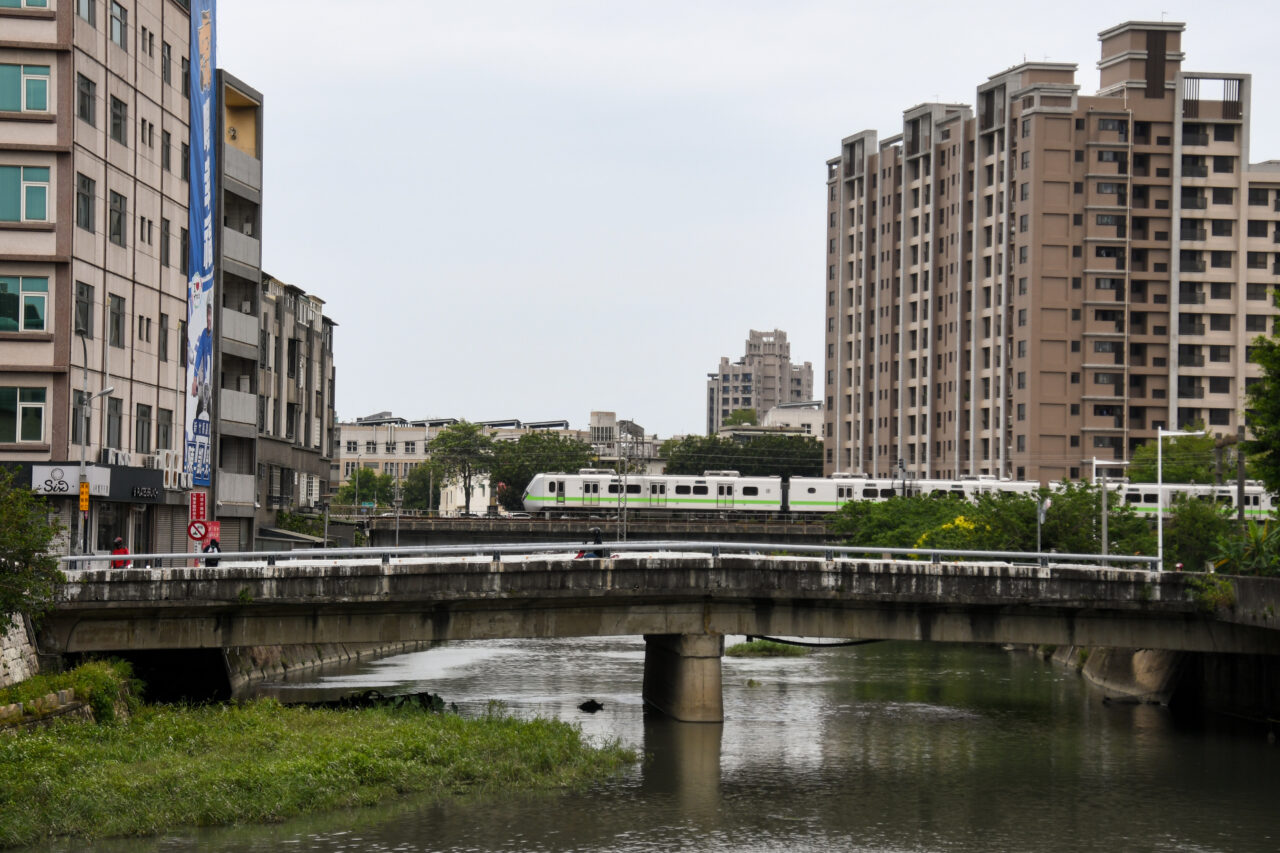
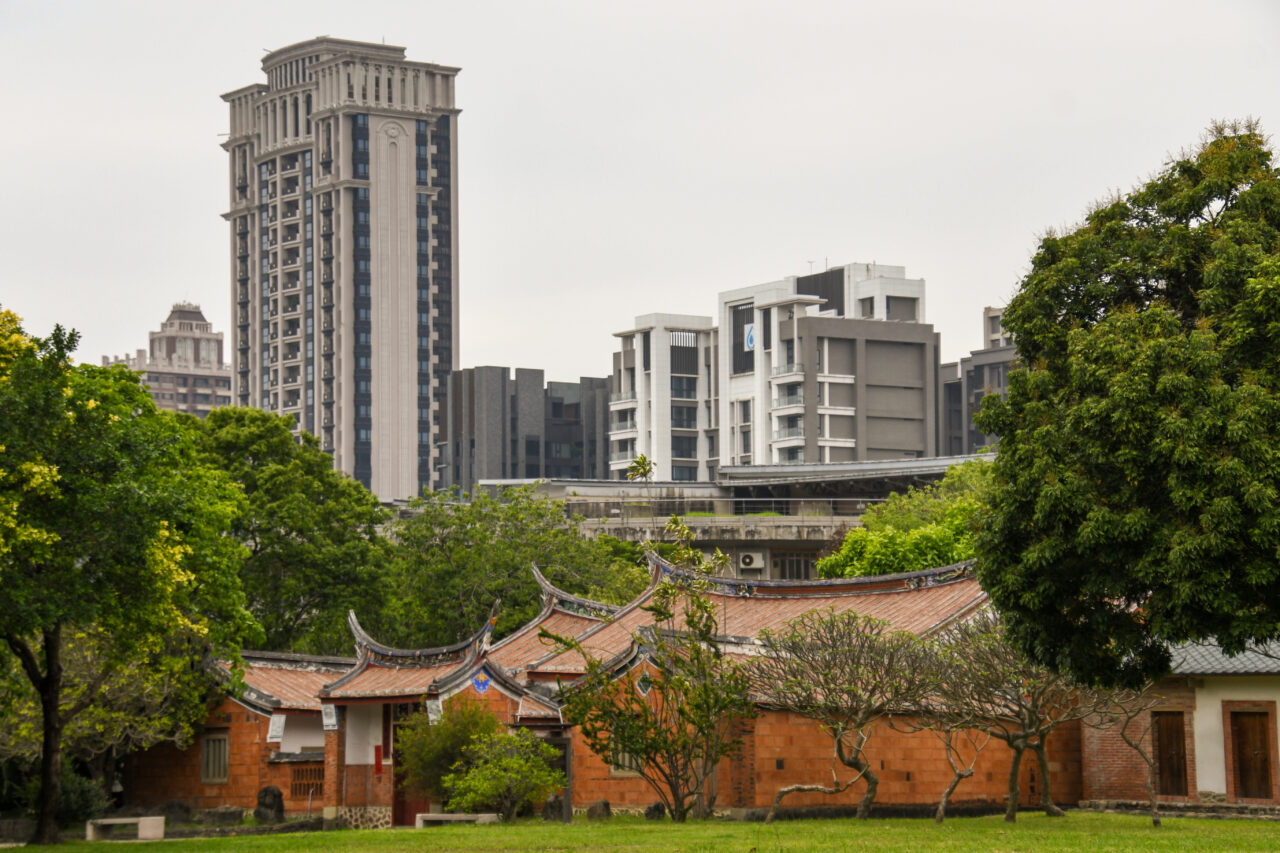
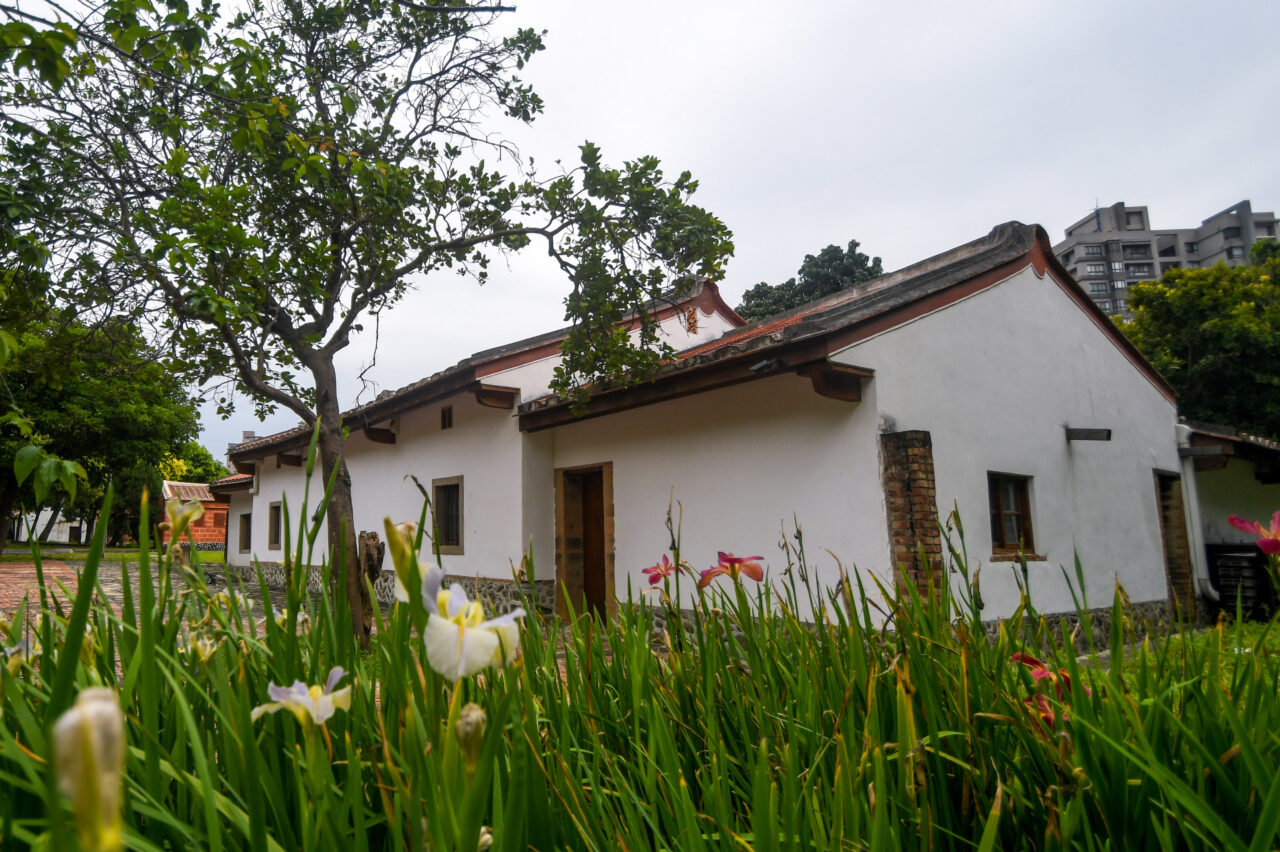
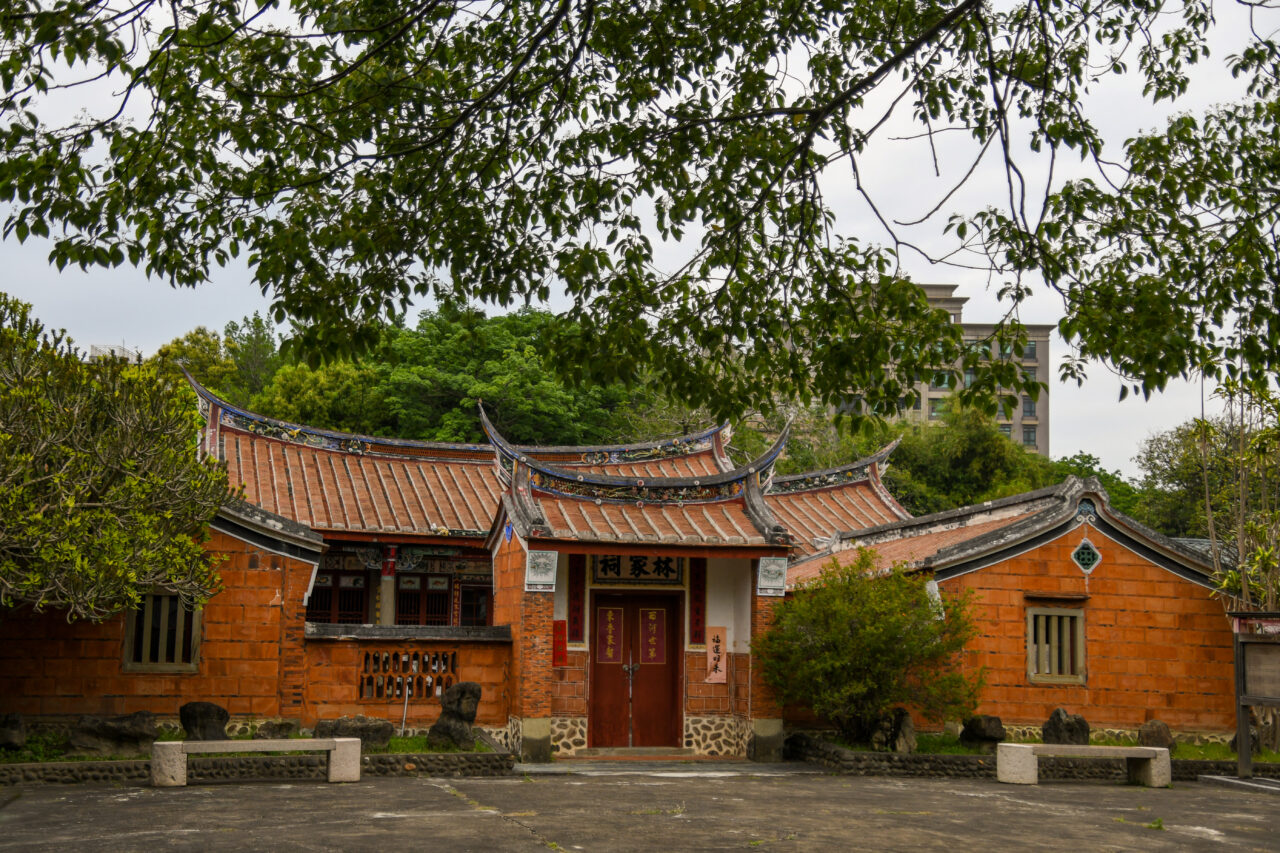
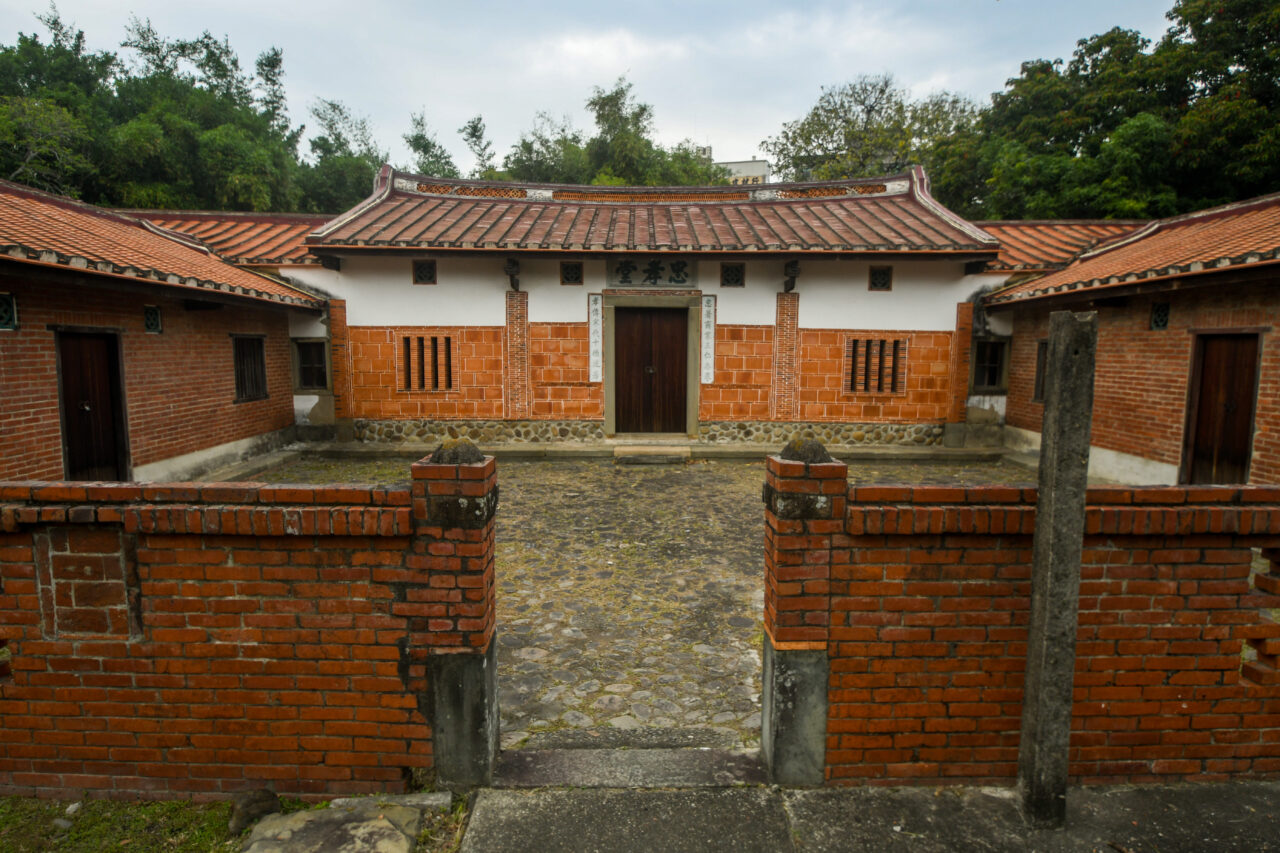
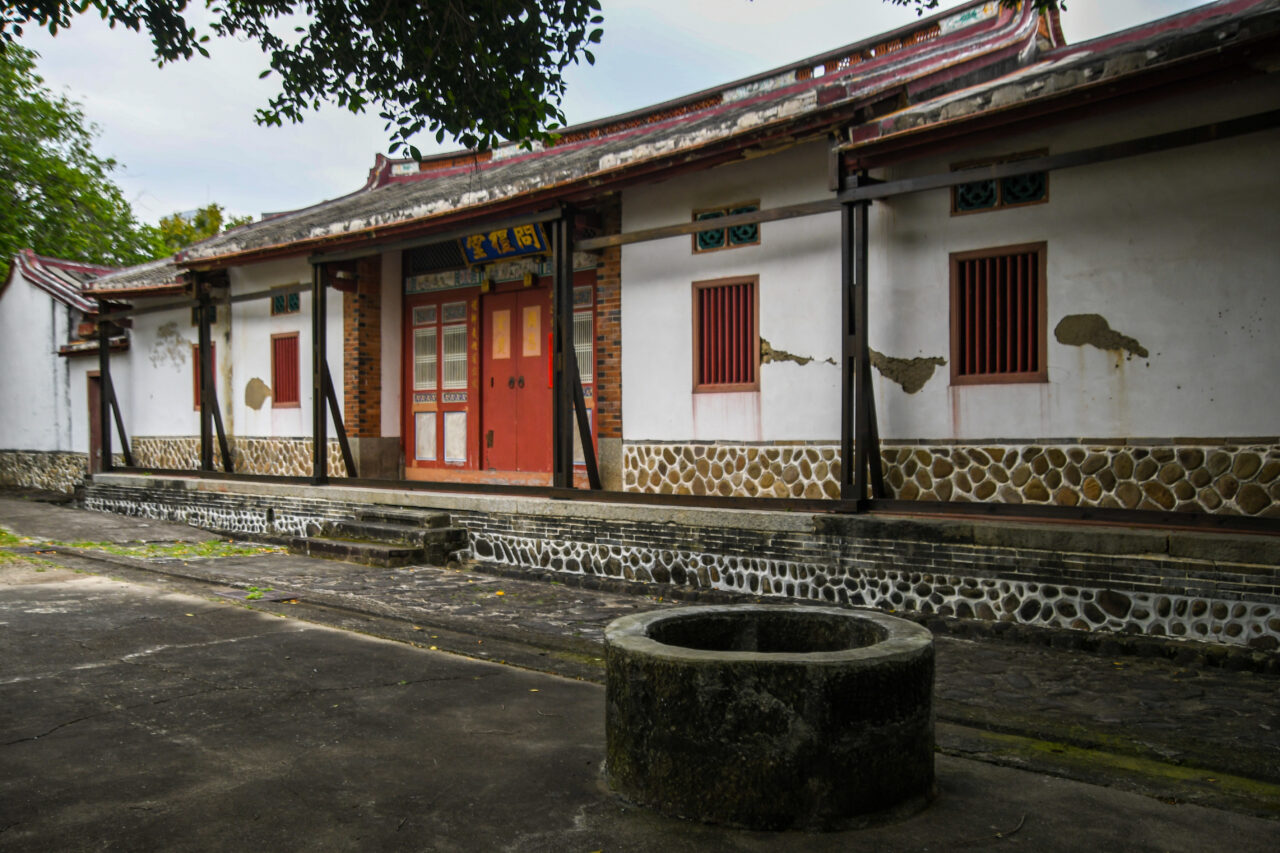
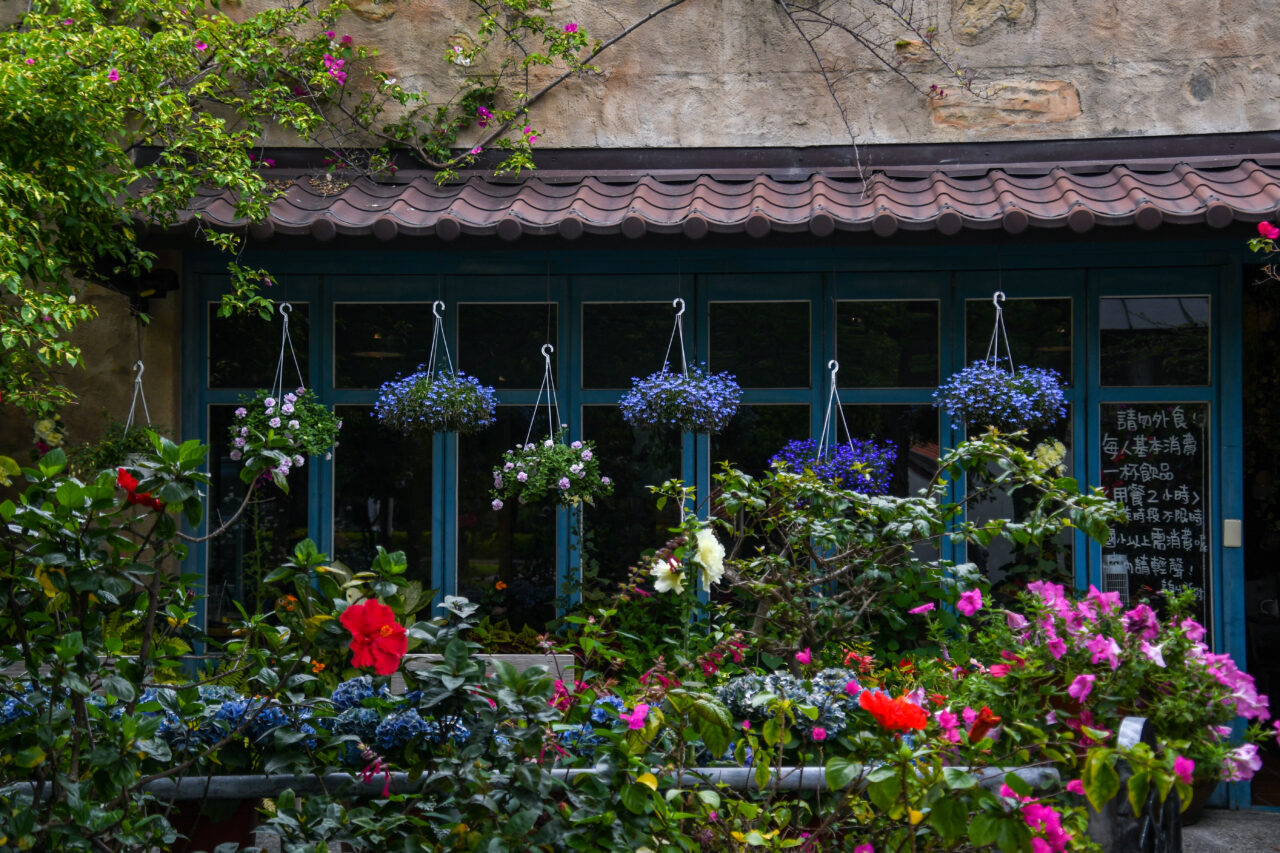
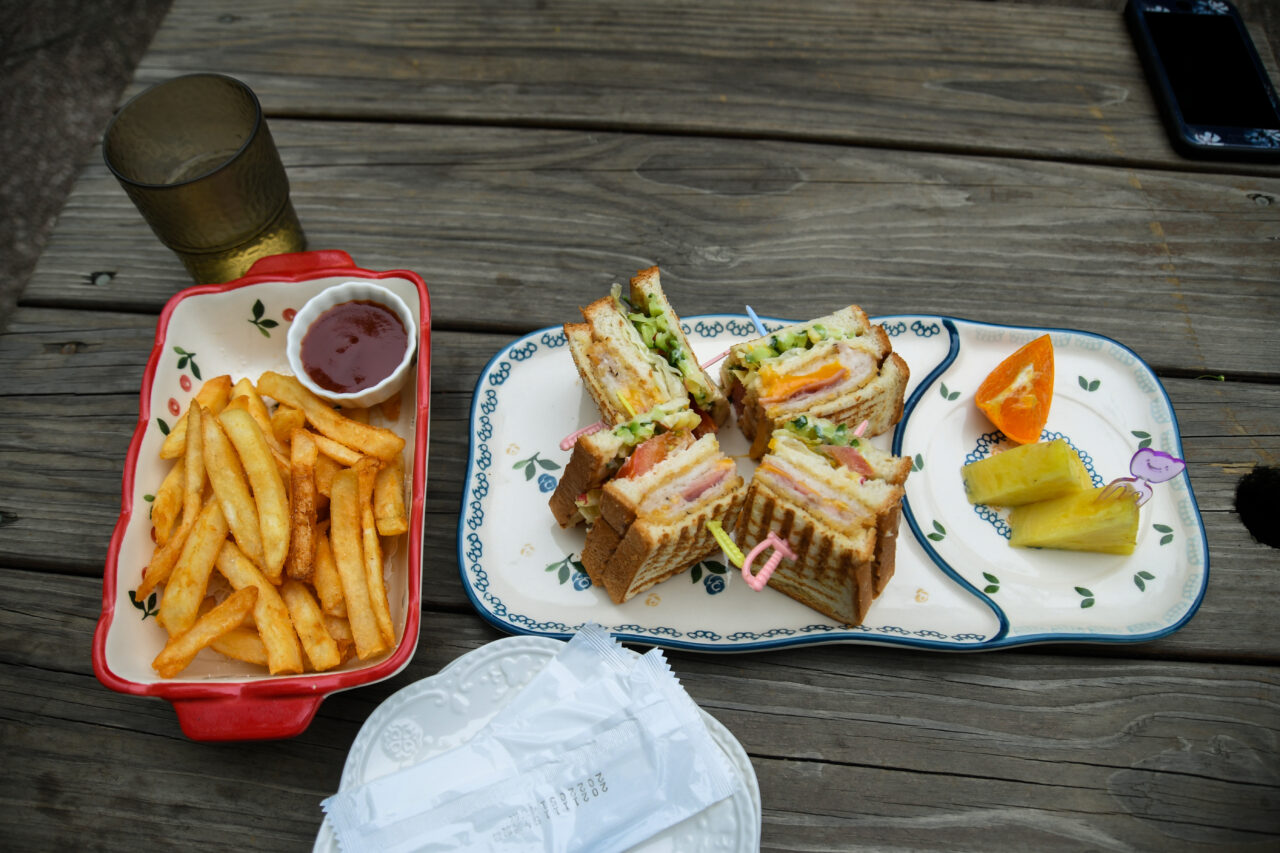
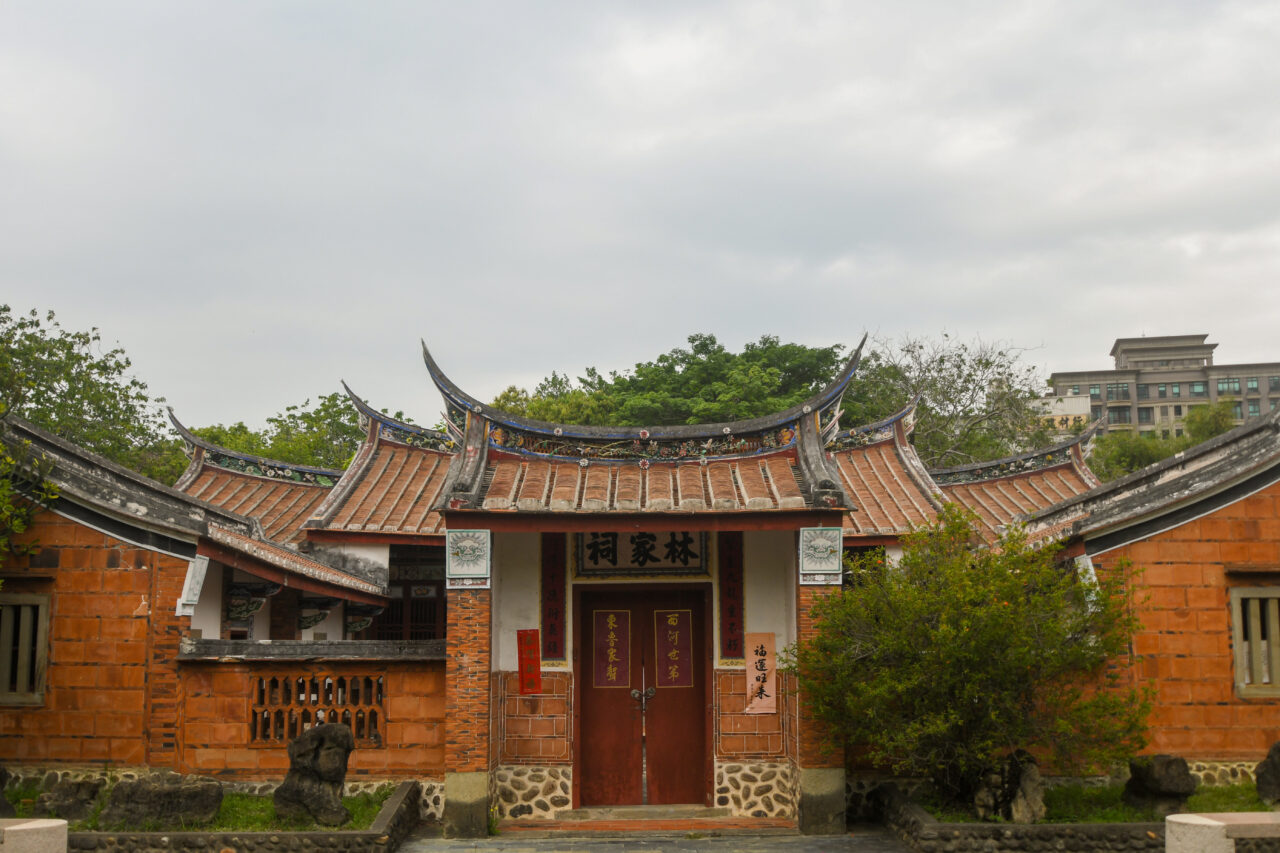
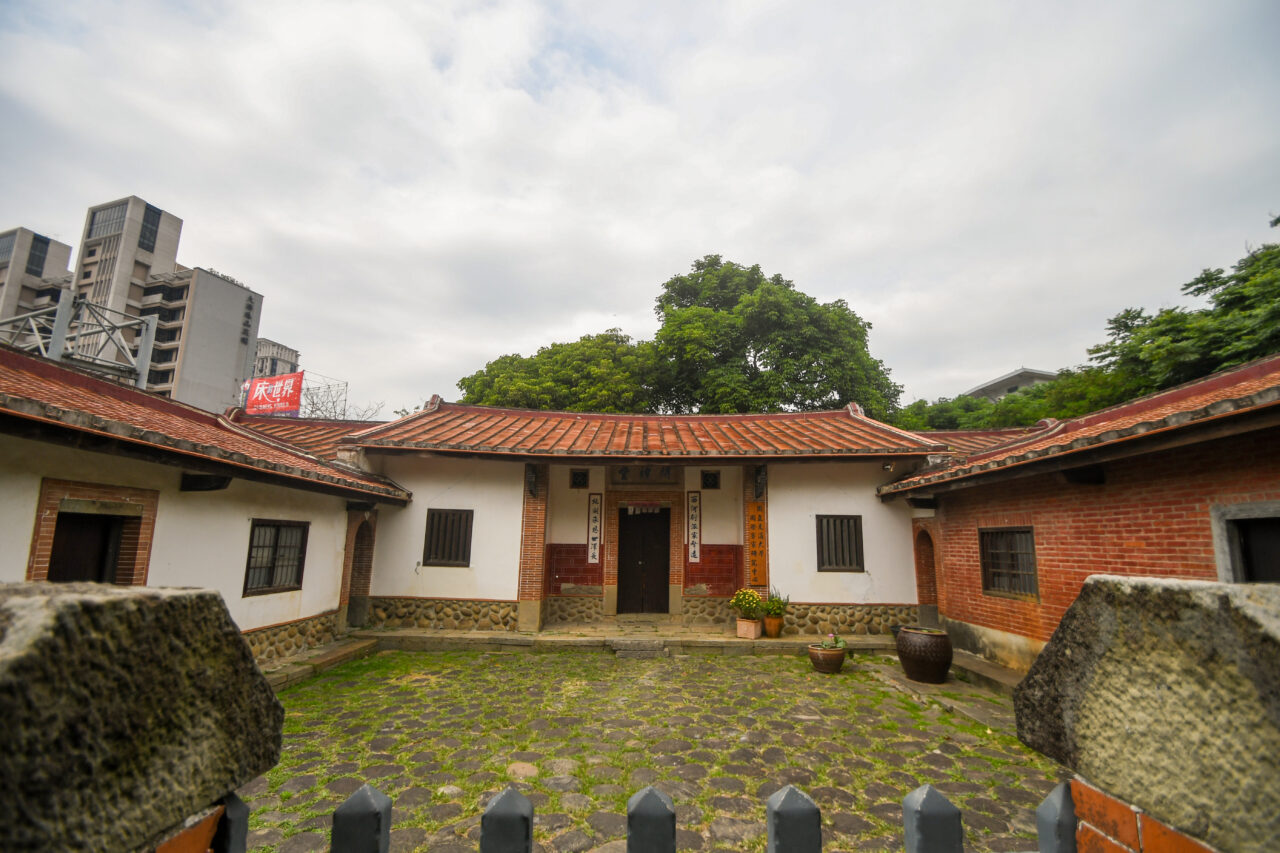
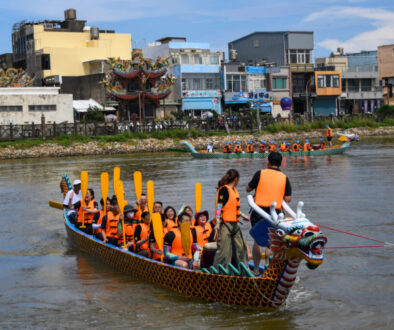
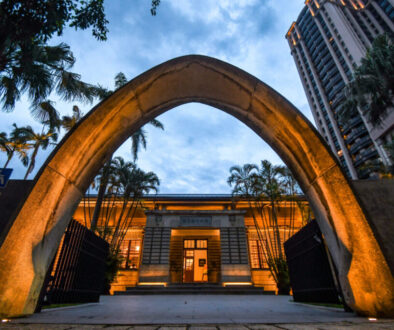
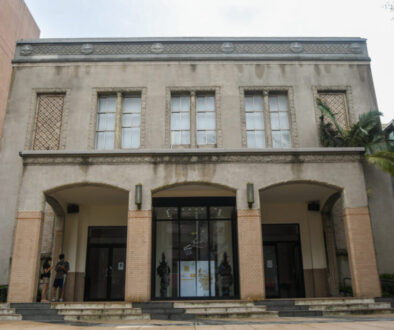


Hiking Lion's Head Mountain Historic Trail 獅頭山古道
November 14, 2022 @ 9:56 am
[…] Want to learn more about local Hakka history? be sure to visit the Liujia Historical Residences! […]